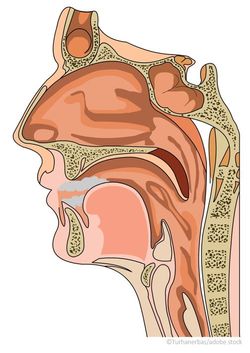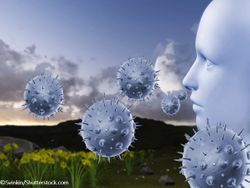© 2025 MJH Life Sciences™ , Patient Care Online – Primary Care News and Clinical Resources. All rights reserved.
10 Symptoms and Syndromes of Spring
Spring has sprung! Click here for the latest research about some of the more common diseases of the season.
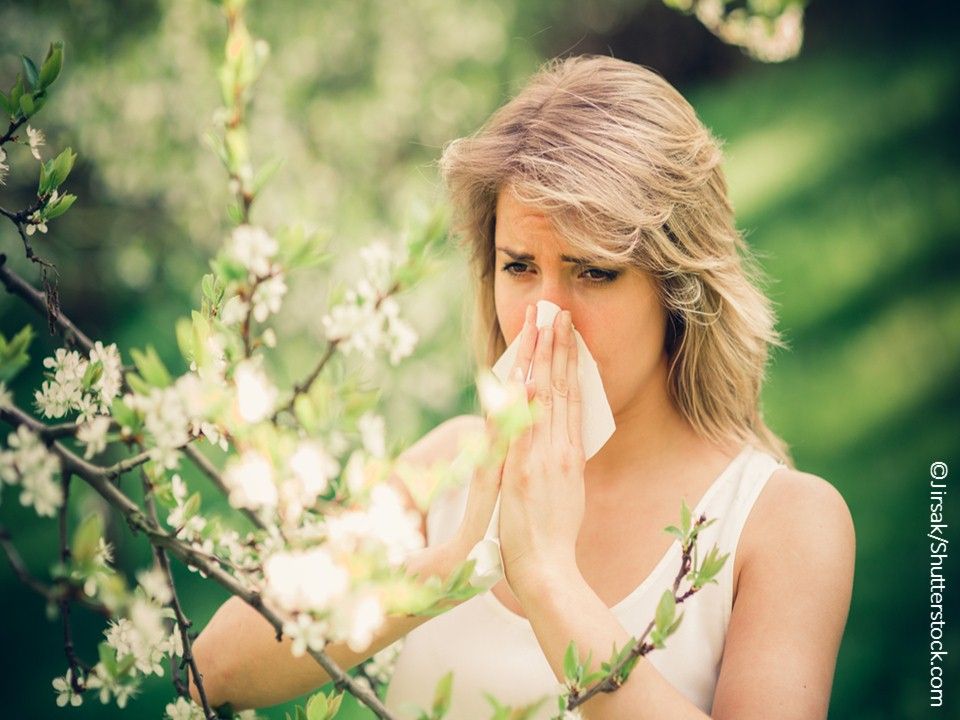
1. Allergies are in the Air:
More than 50 million Americans have seasonal nasal allergies, and extreme weather patterns may contribute to particularly long and severe seasons. This year, the 5 most “challenging” places to live with spring allergies:
1.
Jackson, MS;
2.
Memphis, TN;
3.
Syracuse, NY;
4.
Louisville, KY; and
5.
McAllen, TX.
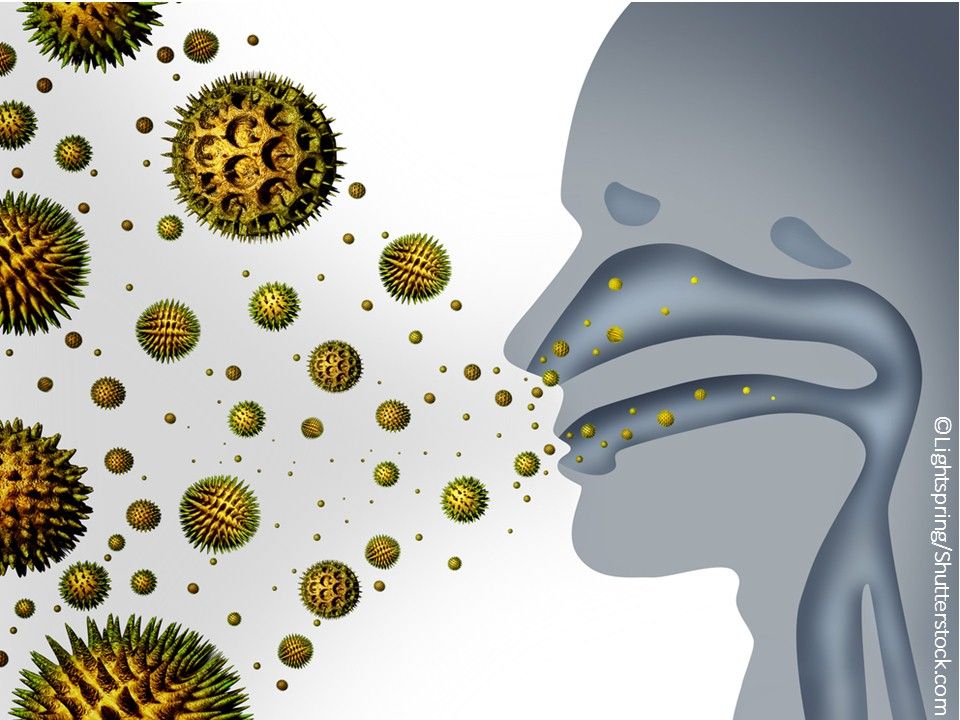
2. Hay Fever-Don’t Catch It:
Symptoms of seasonal allergic rhinitis-nasal congestion, post-nasal drainage, sneezing, epiphoria, and ocular pruritis-are similar to cold symptoms, but they are not caused by a virus. Seasonal allergic rhinitis is triggered by pollen and mold spores. Sources include tree pollen in spring and grass pollen in late spring and summer. Many patients also have asthma.
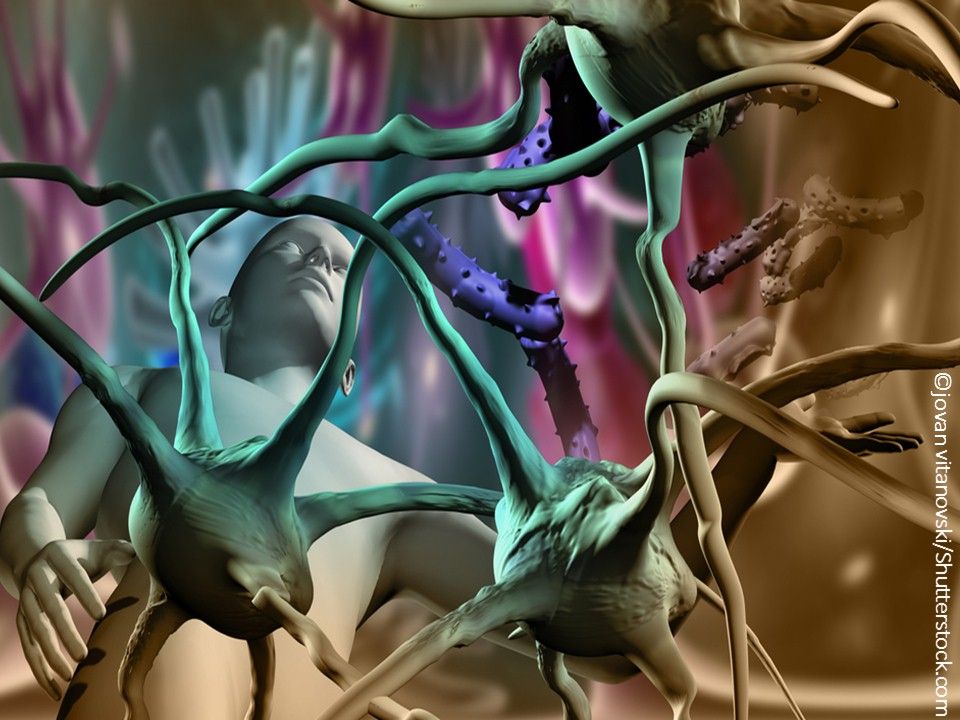
3. Allergen Immunotherapy Called Safe:
Allergic rhinitis affects â15%-30% of the US population and accounts for >22 million health care visits/year. Allergen immunotherapy is given to 2.6 million patients each year, resulting in â16 million injections. In a large retrospective cohort study, there were no infections associated with injections. AIT also treats allergic conjunctivitis, asthma, and Hymenoptera venom allergy.
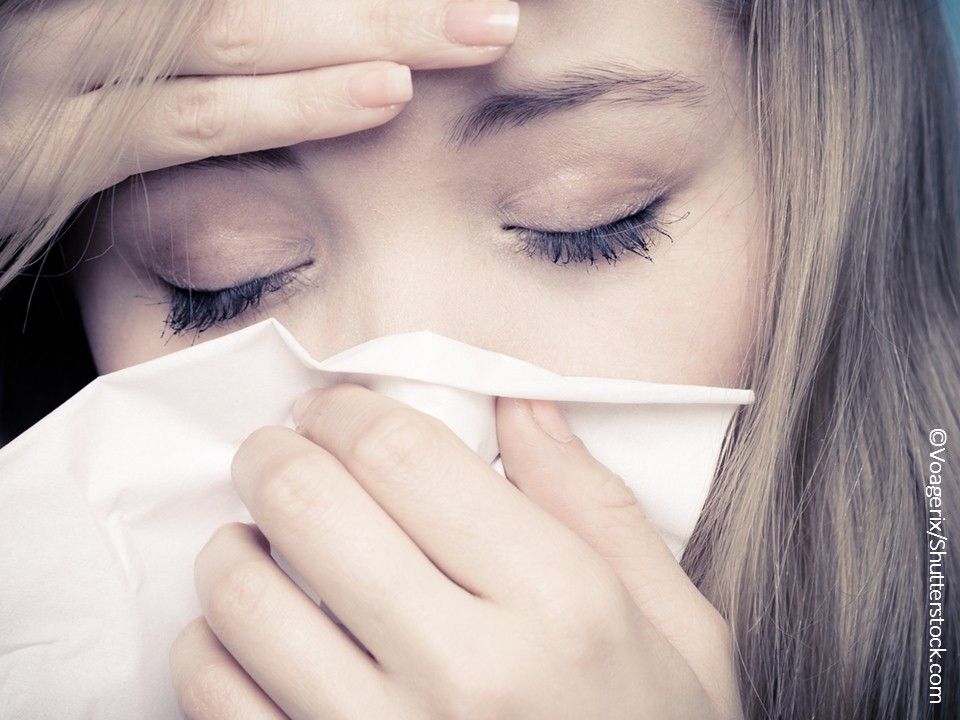
4. Sinus Headaches and Migraines Linked to Allergies:
Symptoms include pain localized over the sinus area, perhaps causing facial pain (sinus), and throbbing, usually 1-sided headaches that may be aggravated by sunlight (migraines). Triggers include nasal or sinus congestion. Allergic rhinitis is a common cause of sinus headaches. The first step in managing them is to avoid the triggering allergens.
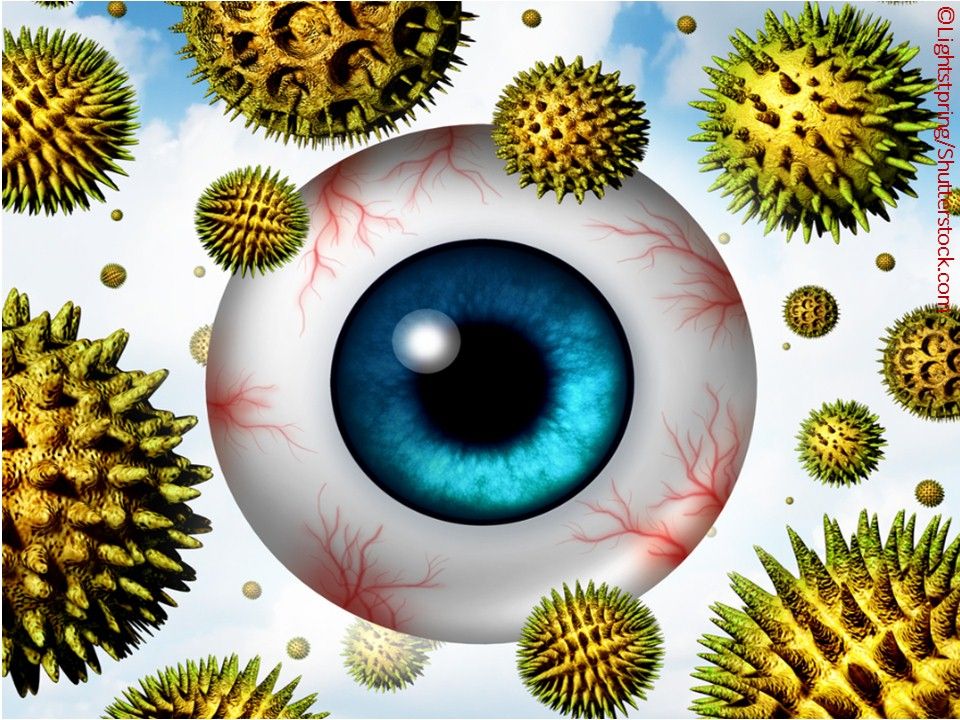
5. Pollen-induced Rhinoconjunctivitis Treatment OK:
Hay fever may cause rhinoconjunctivitis, with erythema, edema of the conjunctiva, itching, and increased lacrimation. A recent double-blinded placebo-controlled study confirmed that intralymphatic immunotherapy-a less time-consuming alternative to conventional subcutaneous immunotherapy-is safe and effective.

6. Hay Fever Rash:
Unlike many other hay fever symptoms, hay fever rashes can be traced to allergens coming in direct contact with the skin (eg, touching pollens in plants and flowers when doing yardwork). Symptoms include itchiness and red patches or eruptions. Atopic dermatitis can appear as an ongoing rash and usually includes other symptoms. A rash may be mistaken for hives.
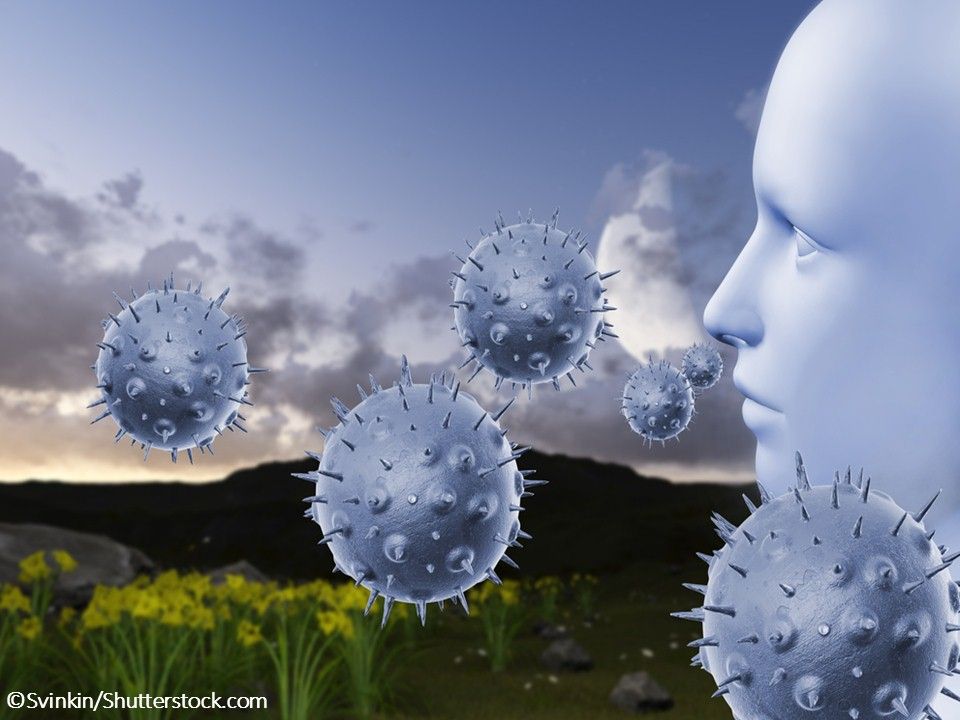
7. On the Path to Better Asthma Therapy:
Pollen allergies can trigger asthma. Now researchers have identified a biochemical process that controls how air enters and leaves the lungs during normal lung function and during asthma. By disrupting biochemical pathways involved in contraction of the airway muscle in a mouse model of asthma, they found they could prevent airway narrowing and maintain normal lung function.
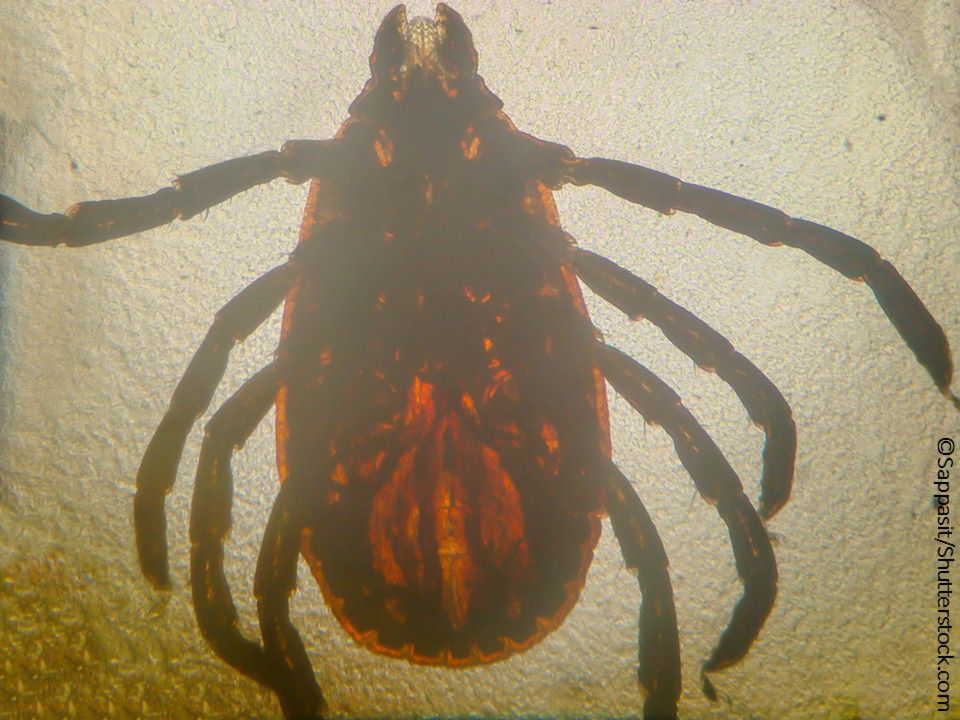
8. From Pollen to Pests:
Lyme disease infections peak in the summer months, but ticks become active in the spring. In a recent randomized, double-blind, placebo-controlled trial, longer-term antibiotic treatment for patients with persistent symptoms attributed to Lyme disease did not have additional beneficial effects on health-related quality of life beyond those with shorter-term treatment. Lyme is the most common tick-spread disease in the Northern Hemisphere.

9. Zika Bytes:
Mosquito season begins in the spring. Mosquitoes become infected when they feed on a person already infected. Then the infected mosquitoes can spread the virus to other people through bites. The Zika virus is transmitted primarily through the bite of infected Aedes mosquitoes, the species that spreads dengue and chikungunya viruses. The CDC said Aedes mosquitoes have spread to 30 states.
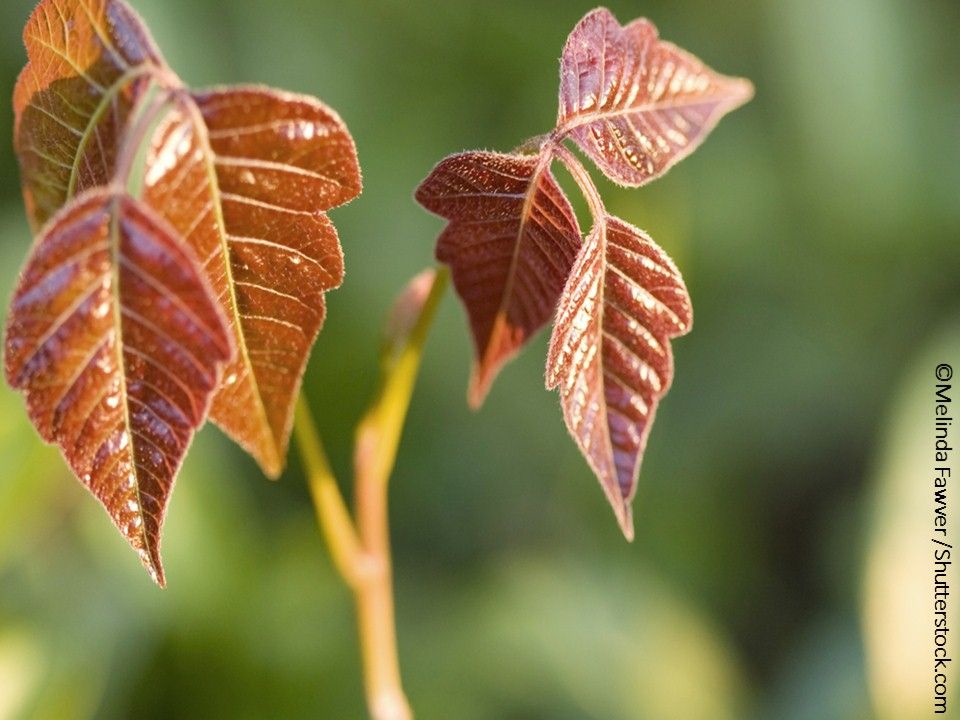
10. Poison Ivy Contacts are Climbing:
Poison ivy emerges in early spring, with substances that sensitize the skin. A small watery blister is produced where the sensitizing substance or an “antisubstance” contacted it. Intense itching produces rashes that may be severe. About 70% of the US population is likely to acquire dermatitis from casual contact with poison ivy, poison sumac, or poison oak.
Spring has sprung and along with it the many seasonal diseases that always blossom at this time of year. Click above for the latest research findings about some common symptoms and syndromes of spring.
References:
3. Allergen Immunotherapy Called Safe
4. Sinus Headaches and Migraines Linked to Allergies
5. Pollen-induced Rhinoconjunctivitis Treatment OK
7. On the Path to Better Asthma Therapy
9. Zika Bytes



